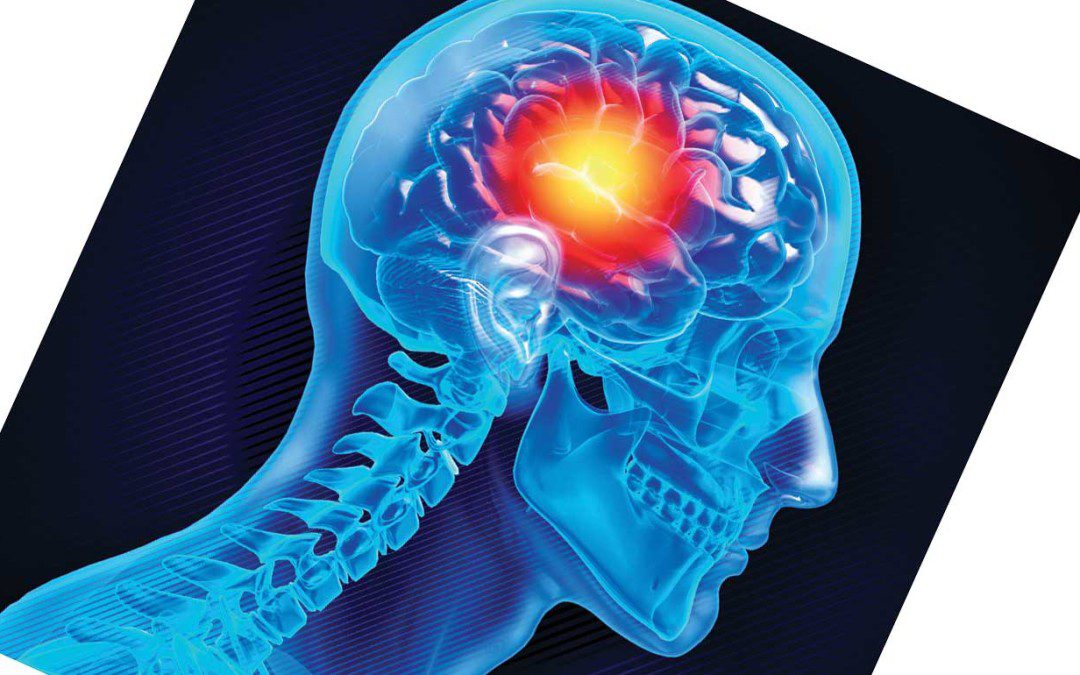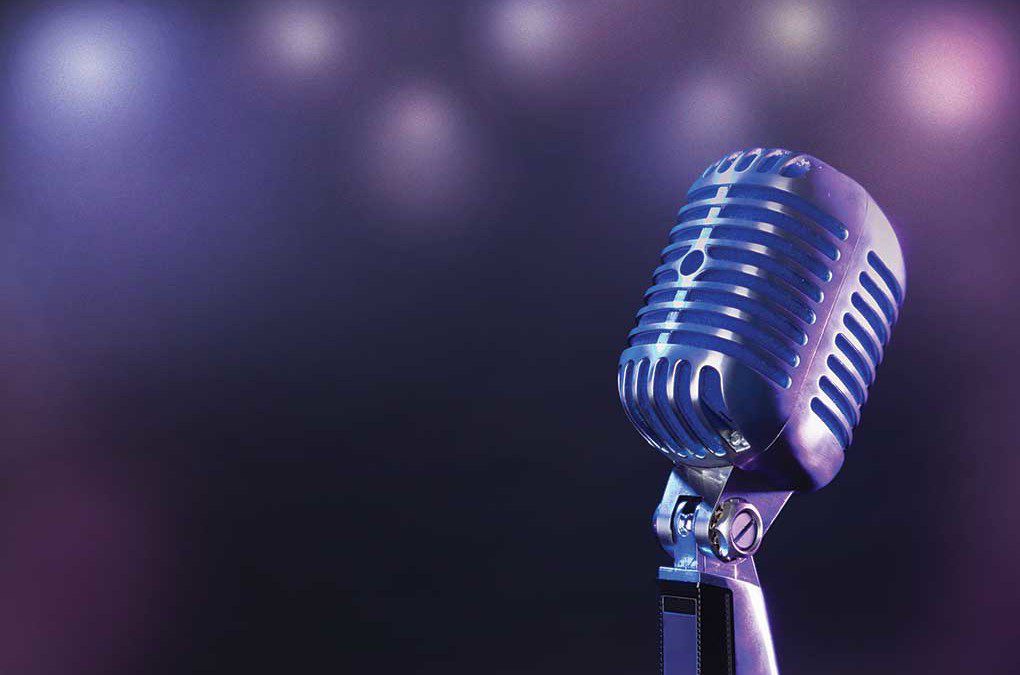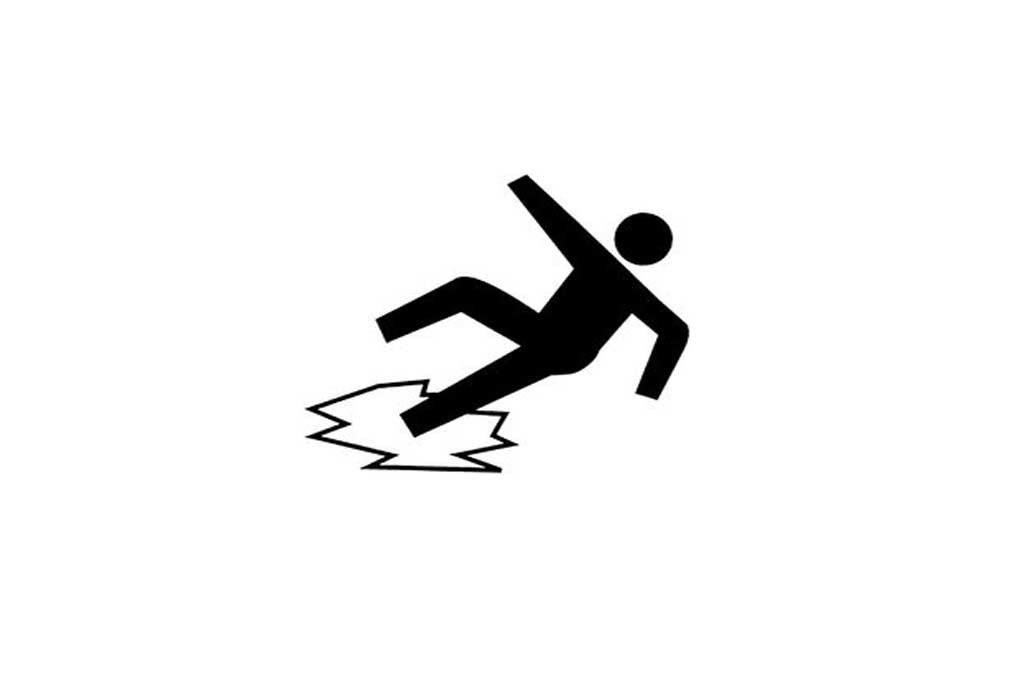Better Hearing Blog

Personal Advice
If you find it difficult to hear your conversation partners, you are probably suffering from age-related hearing loss (“presbycusis”). The only way to confirm this diagnosis is to schedule a hearing test that charts the type, degree, and configuration of any hearing loss. In turn, this “audiogram” can be used by a hearing specialist to fit you with a hearing instrument that is specifically programmed to amplify only the frequencies in which your hearing loss occurs. On the other hand, some individuals choose to bypass this entire process by ordering a product known as a “personal sound amplifier” (PSA), which amplifies sounds less discriminately. This heavy-handed approach is less likely to provide the results you need.
You may be surprised to learn that more than half of the hearing impaired population is of working age. You may find it hard to determine whether you are suffering from hearing loss, or whether you are just stressed and tired. But a hearing loss can be detected with a hearing test. To schedule a hearing exam, please call BETTER HEARING CENTER. New Hampshire’s premier hearing care provider.
P.S. Presbycusis is characterized as hearing loss that primarily affects the higher frequencies, at which most conversation is conducted (mostly by children and women).

Improving Memory and Brain Function
It is already known that hearing-impaired adults can improve their mood, social lives, and quality of life by availing themselves of the use of a hearing instrument. The most recent research now also reveals that, by getting fitted with a hearing instrument, hearing-impaired individuals can improve their memory and brain function. Without the help of a hearing instrument, people spend a great deal of their brain power trying to focus on what people are saying. This effort compromises their performance at work or, at the very least, leaves them exhausted from trying to make up for their hearing deficiency. Researchers found that, after two weeks of use, a hearing instrument helped users process information better and remember more.
If left untreated, hearing loss can lead to serious emotional and social consequences, reduced job performance and diminished quality of life.To schedule a hearing assessment, please call BETTER HEARING CENTER. As your professional hearing experts, our goal is to provide you with excellent service. This ensures your unique hearing needs are not just met, but exceeded. Let us help you get back to the world of hearing at New Hampshire’s premier hearing care provider.
P.S. Hearing loss affects more than 9 million Americans over the age of 65 and 10 million Americans ages 45 to 64, but only about 20% of the people who need hearing instruments actually wear them.

By the Numbers
One of the most important characteristics of a hearing instrument is the number of “frequency channels” it has. Sounds are processed and amplified by a hearing instrument on the basis of their frequencies and volumes. The hearing specialist refers to the wearer’s audiogram to tell which frequencies need amplification. Thus, the more frequency channels a hearing instrument has, the better able the hearing specialist will be to fine tune the hearing instrument. However, more is not necessarily better. While some hearing instruments come with more than 20 channels, wearers don’t always benefit from the extra channels (and higher cost). The hearing specialist can help hearing-instrument users make the determination of how many frequency channels they need to maximize speech audibility.
Studies have tried to address the question concerning the benefits of multiple channels and what is optimal. The difficulty in answering that question arises from the fact that hearing aids designed with the same number of channels do not perform the same. However, more than 15 to 20 channels can cause sounds to become “muddy.” To schedule a hearing assessment, please call BETTER HEARING CENTER. We are New Hampshire’s premier hearing care provider.
P.S. An audiogram is a graphic representation of a hearing test, which determines the softest sound that the tested individual can hear at each specific frequency (pitch).

WHO Says
The World Health Organization (WHO) recently declared that the single largest cause of preventable hearing loss is exposure to loud noise, such as that associated with loud music and heavy industry. However, this does not mean that people who do not work in machine shops or go to concerts with amplified music are exempt from noise-induced hearing loss. It is generally agreed that prolonged or repeated exposure to sounds exceeding 85 decibels (dB), which is equal to the noise of heavy city traffic, can cause hearing loss. The louder the sound, the less time it takes for noise-induced hearing loss to occur. This is something to bear in mind when operating a food processor/blender (90dB), motorcycle (95dB), or lawnmower (100dB).
When you are exposed to loud noise over a long period of time, symptoms of noise-induced hearing loss will increase gradually. Over time, the sounds you hear may become distorted or muffled, and it may be difficult for you to understand speech. You may not even be aware of the loss, but it can be detected with a hearing test. To schedule a hearing exam, please call BETTER HEARING CENTER, New Hampshire’s premier hearing care provider.
P.S. Noise-induced hearing loss typically affects the ability to hear upper-frequency sounds, which inhibits the ability to understand conversation.

Going in the Right Direction
One of the most helpful features in hearing instruments involves the use of “directional microphones”, which effectively improve speech understanding amid background noise. In their simplest sense, these microphones amplify sounds directly in front of the user more than the sounds coming from the back and sides of the user. Hearing instruments with this feature have two or more microphones separated by a specific distance, which enables them to detect the difference in the arrival time of sound to each of these microphones. The instrument then uses this information to respond to the sounds. For instance, the least sensitive portion (“null”) of the microphone response will be directed toward the area of the most noise, thereby reducing background sound.
All hearing aids contain one or more microphones to pick up sound, a processor that amplifies and processes sound, a receiver or speaker that sends the signal into your ear, and a battery for a power source. BETTER HEARING CENTER offers a full range of hearing instruments and assistive devices and continues the tradition of better hearing through education, technology, and customer service. New Hampshire’s premier hearing care provider.
P.S. Hearing instruments with “fully adaptive directional microphones” continuously map the type and location of sound in the user’s surrounding environment and direct the microphones’ “null” accordingly to blunt background noise.

Poor Hearing Raises the Risk of Falling.
The Centers for Disease Control and Prevention (CDC) reports that one in every three people over the age of 65 falls each year, and that one out of five falls results in serious injury (broken bones, head injury, etc.). Because falls often severely compromise seniors’ independence and health, they should do everything they can to minimize their risk of falling. One step in this direction involves getting a hearing test and addressing any hearing impairment. According to one study involving 2,017 people between the ages of 40 and 69, even a mild degree of hearing loss was found to triple the risk of falling, with the risk increasing by 140 percent for every additional 10 decibels of hearing loss.
Many older adults are afraid to fall, so they limit their activities and social engagements to prevent it. Avoiding social activities can contribute to depression, feelings of helplessness and physical decline. Have your hearing tested each year and use hearing aids when recommended. To schedule a hearing assessment, please call BETTER HEARING CENTER. We are New Hampshire’s premier hearing care provider.
P.S. We may take walking for granted, but this motion requires a high degree of spatial awareness, some of which is provided by hearing cues.
